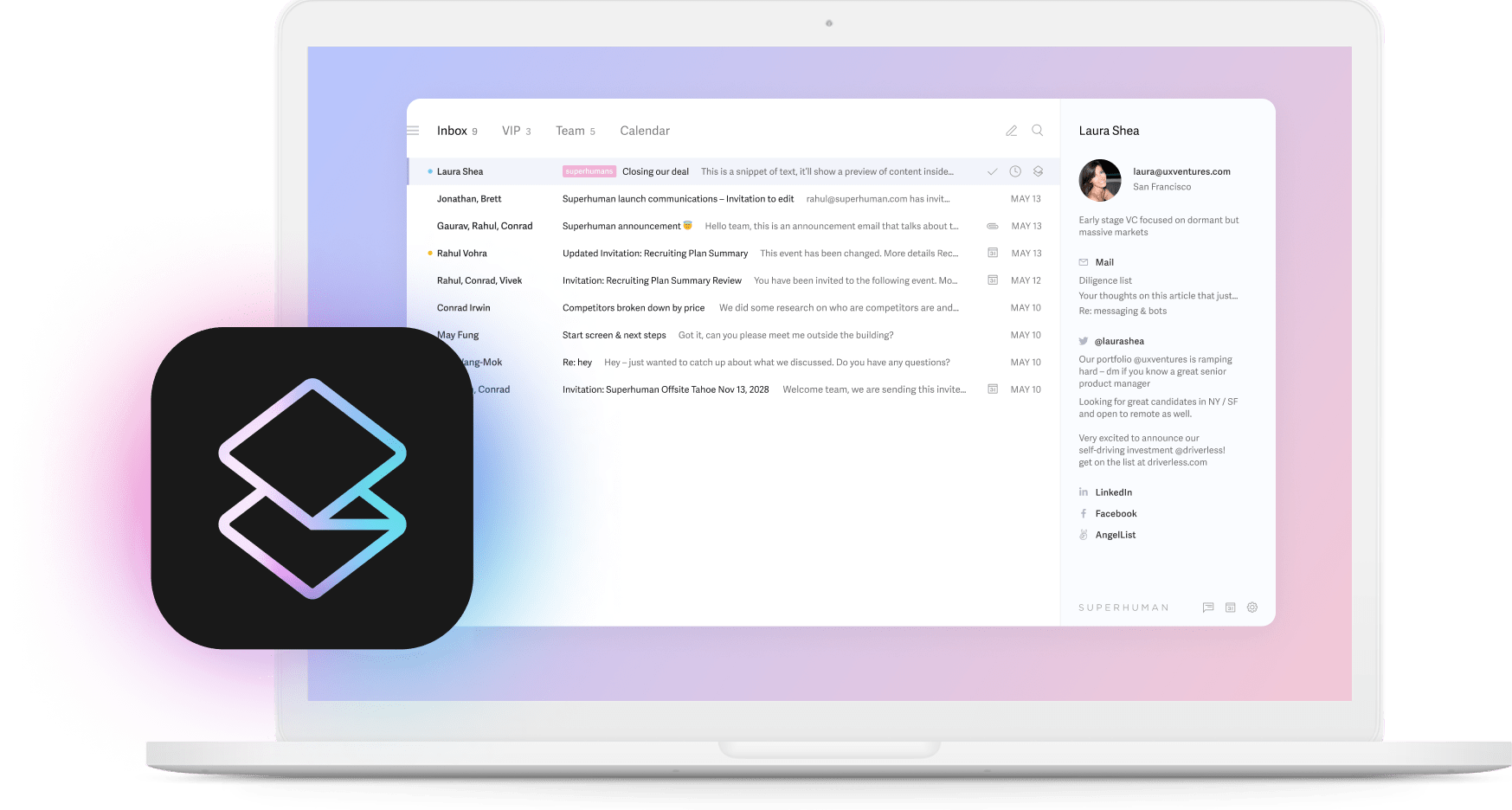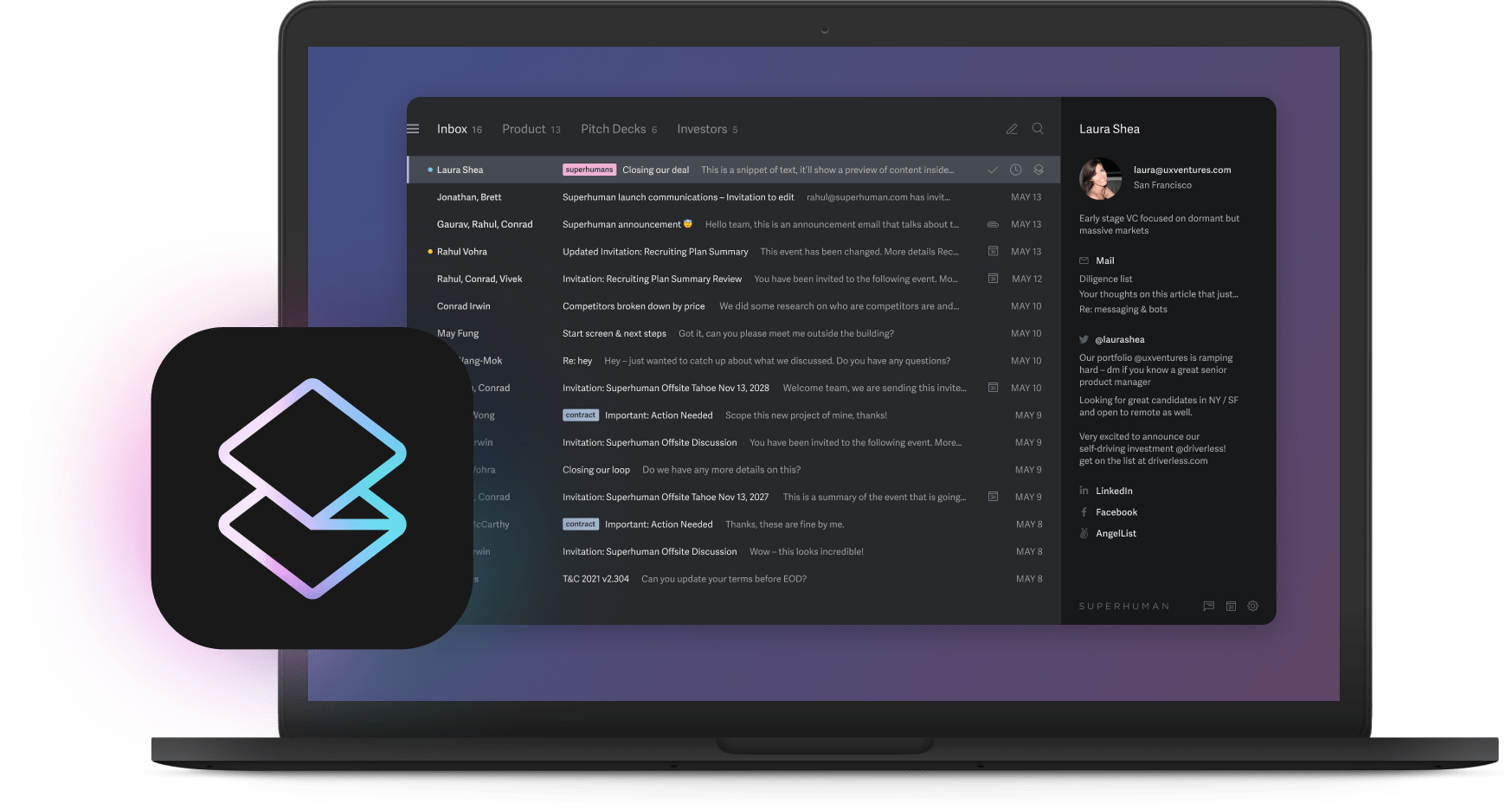
Your inbox overflows while your AI assistant drafts another email. You're moving faster than ever, yet falling further behind on what matters. B2B professionals say AI saves them at least one full workday every single week, yet individual efficiency keeps rising while board-level ROI stays flat.
The disconnect is obvious. Speed feels exciting, and teams celebrate shorter email replies and faster report drafts, but without a clear destination, those extra hours flow right back into the same busywork that held your company back before. Activity climbs while strategy stands still.
We'll show you why AI assistants often accelerate yesterday's to-do list instead of tomorrow's advantage.
Motion without progress
Saving a full workday each week sounds impressive, but those hours rarely move the strategic needle for your company. Most generative AI tools excel at personal busywork, yet the time they return seldom converts into competitive advantage.
The disconnect shows up everywhere. Marketing spins up a copywriting bot, finance tests forecasting prompts, customer support experiments with chat replies. Each team celebrates a small win, but none of these isolated gains compound into a coherent strategy. Your executives are starting to notice quarterly reviews that highlight stagnant market share while dashboards trumpet rising email-draft counts.
Without a clear north star, AI assistants simply accelerate whatever process already governs your workflow. If that process is misaligned, the tool spreads misalignment faster. Press the gas pedal while your steering wheel is still turned the wrong way, and you'll understand the problem immediately.
True progress begins only when every AI initiative maps to a business goal your customers care about: revenue growth, churn reduction, faster product cycles. Technology alone can't deliver that mapping. Strategy, alignment, and disciplined execution do. 87% believe AI at work is necessary to maintain or achieve competitive advantage, yet most struggle to connect individual productivity gains to organizational success.
Personal productivity is not a strategy
Doing things faster doesn't always mean you're doing the right things. This fundamental gap between tactical efficiency and strategic effectiveness explains why companies struggle to turn AI spend into real value. While AI assistants shine in tasks like email drafting, scheduling, and task management, they rarely impact strategic differentiation or drive competitive edge.
The primary tasks AI handles focus on speed and convenience, offering quick wins in personal productivity but failing to influence broader organizational objectives. Human-led activities like market sensing, competitive positioning, and goal alignment remain essential for driving competitive advantage. Most AI tools offer individual convenience when organizations need collective intelligence.
Companies using Superhuman see different results because the platform bridges this gap. Split Inbox automatically surfaces high-priority messages from colleagues and key stakeholders, ensuring strategic communications never get buried. Teams using Auto Summarize can process long email threads in seconds, maintaining context without losing hours to inbox management. Superhuman customers who use AI save 37% more time than those who don't, while staying aligned on strategic objectives.
The difference comes down to design philosophy. Generic AI assistants optimize for individual tasks, while platforms built for business impact focus on team-level outcomes. When your sales team uses Shared Conversations to collaborate on deals without leaving email, or when leaders rely on Instant Reply to maintain rapid response times across hundreds of daily messages, technology serves strategy rather than replacing it. Superhuman users send and respond to 72% more emails per hour, turning communication speed into competitive advantage.
Three ways AI assistants undermine alignment
Move fast with AI and you can still head in the wrong direction. You feel the speed, yet the strategy stalls. Companies struggle to turn AI spend into real value even after rolling out multiple assistants across the organization because the tools tempt you to execute faster without fixing the underlying plan.
First, AI delivers what you ask, not what you need. Off-the-shelf assistants churn out copy, code, and sales cadences at blistering speed, but they never question shaky assumptions. Feed a half-baked campaign brief into the model and it will blast it to every channel, amplifying brand drift rather than brand clarity. Without customization that embeds your data flows and business logic, the assistant optimizes a flawed playbook and locks bad ideas in at scale. Your AI strategy stays stuck in the past when generic models rarely line up with unique value levers.
Second, personal AI tools scatter knowledge instead of unifying it. Each team spins up its own chat interface or writing bot, saving files in private drives and pulling from partial datasets. When sales, marketing, and support pull insights from different assistants, the customer hears three stories instead of one. Poor integration with core systems like CRM, ERP, and data warehouses makes the problem worse, leaving assistants to guess in a vacuum rather than work from shared truth. Strategic impact only arrives when assistants plug directly into enterprise systems.
Finally, speed can erode how teams think together. Teams fire off the AI's first answer and move on, skipping the hard work of debate and synthesis. Over time critical thinking atrophies, brainstorming shrinks, and strategic dialogue turns into solitary prompting. Cross-functional collaboration fades because each group trusts its own bot more than the colleagues down the hall. Without shared governance you risk a chorus of confident yet incompatible outputs. This is why adoption challenges stem primarily from people or process, not technology.
When good intentions backfire
Quick wins turn into expensive setbacks when AI rollouts move faster than strategy. Unity Technologies discovered this firsthand with their ad-targeting assistant deployment. Leadership figured automated bids would grow revenue faster, but once live, the assistant multiplied every error hidden in their historical data, pushing ads to wrong segments and bidding far above profitable thresholds.
Development teams face similar challenges with code assistants. While AI suggestions generally reduce development time, teams discover their AI-generated code works perfectly in isolation but breaks when integrated with existing systems. The assistant never learned from proprietary repositories, so every suggestion clashes with real-world context.
Want to avoid similar detours? Map each proposed assistant to exact data, guardrails, and cross-functional checkpoints that safeguard your brand. Treat pilots as experiments, not shortcuts. Measure impact against strategic KPIs instead of surface productivity.
What sustainable AI advantage looks like
Achieving sustainable AI advantage requires systems-level integration, seamlessly embedding AI within your core workflows, proprietary data, and specific KPIs. Genuine strategic impact comes from aligning AI applications with your unique business logic, not adopting generic tools.
Industry-leading companies are 3x more likely to report significant productivity gains from AI because they ensure AI is a core component of their strategy, backed by clear, measurable outcomes. Top-performing companies are 3x more likely than lower-performing ones to report that AI has significantly increased productivity over the past two years. Companies that embed AI into business core processes deliver genuine, sustainable strategic advantage.
Reframe your AI investment: a five-step playbook
Your AI budget keeps climbing, yet companies continue struggling to scale value. The gap isn't about algorithms but where your money goes and how you measure progress. Here are five moves to bring every dollar back in line with strategy.
First, audit spend versus strategic objectives. Map each AI project to a clear business goal, whether cutting churn, opening new markets, or protecting margin. Track hard metrics like cost savings and revenue uplift, plus softer signals like customer satisfaction. If a project can't point to a scorecard, mark it for review.
Second, identify systems-level issues that span functions. AI that automates one task rarely delivers lasting advantage, but when you target enterprise-wide problems like revenue leakage, supply chain blind spots, or compliance delays, you force cross-team dialogue and create transformational wins.
Third, map proprietary data and integration points to build real competitive moats. Strategic AI runs on data only you own, so inventory customer histories, sensor feeds, and transaction logs. Rank them by quality and accessibility, since poor data hygiene kills projects faster than anything else. Connect your most valuable datasets to core systems like CRM, ERP, and analytics so AI can act with full context.
Fourth, establish governance structures to prevent random acts of AI. Form a steering group with leaders from product, legal, security, and finance. Set data quality KPIs, review cycles, and ethical guardrails. Consistent governance keeps outputs on brand, compliant, and secure.
Finally, pilot, measure, and iterate systematically. Run small pilots with defined success metrics, like reducing contract review time by 30%. Capture baseline numbers, roll out the experiment, and compare results. Kill vanity projects quickly and scale winners with added investment and deeper integrations. Top performers save 14% more time per week than lower performers because they follow this disciplined approach.
From assistants to autonomous strategy
AI tools are evolving fast, and the next wave looks completely different from today's inbox assistants. Domain-specific AI tools now handle strategic tasks across your entire tech stack, pulling live data, triggering actions in core systems, and exposing growth opportunities you might have missed.
This shift to agentic AI delivers real strategic impact instead of modest time savings. You still set objectives, quality thresholds, and ethical guardrails while the AI executes within those limits under your oversight.
Smart adopters frame AI as an execution engine, not a strategist. Leadership teams keep vision setting and scenario planning while relying on integrated analytics to steer day-to-day tactics. The result is faster course correction and tighter feedback loops without handing control to a black box.
Industry depth is rising as vendors ship vertical solutions trained on regulatory codes, niche vocabularies, and process templates. A manufacturing AI understands bill-of-materials logic while a banking AI speaks Basel III fluently. This embedded expertise slashes onboarding time and clears compliance hurdles that once stalled AI rollouts.
Momentum alone won't save you, so continuously realign initiatives with evolving market dynamics. Retire vanity pilots quickly and treat every new AI tool as part of a living strategy rather than a one-off solution. Most professionals expect AI to drive at least a 3x increase in productivity over the next five years, but achieving this requires strategic discipline, not just technological adoption. More than half of every workday is spent in email, messaging, and calendar, making these core tools the first place to focus your AI transformation.





